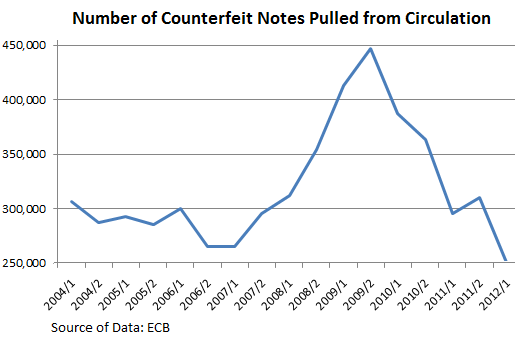

The fact that counterfeiters are throwing in the towel—worried perhaps that they’ll get stuck with high-risk but unsalable merchandise—is bad enough for Europhiles. But now we see an increasingly clear demarcation of the Eurozone into two separate parts, though not entirely along the lines of North and South often envisioned.
On one side of the line are countries whose governments can borrow at negative yields, that is, where investors agree to lend money to them at a guaranteed loss, however absurd that might have seemed not long ago. That club includes Germany, France, the Netherlands, and Belgium (!); in the secondary markets, Finnish and Austrian government debt has seen negative yields. Eurozone neighbors Denmark and Switzerland also dipped into negative yields. Negative Interest Rate Policy (NIRP) at work.
On the other side are countries whose governments have lost access to the financial markets or are in the process of losing access. The largest two in that group are Spain and Italy.
The fact that counterfeiters are throwing in the towel—worried perhaps that they’ll get stuck with high-risk but unsalable merchandise—is bad enough for Europhiles. But now we see an increasingly clear demarcation of the Eurozone into two separate parts, though not entirely along the lines of North and South often envisioned.
One side is where governments investors invest in Government Bonds that have a negative yield, or in short lend money to there Government knowing fully that they’ll get less back, but they will get the money back.
The other side is populated by people who lent money to their Governments and simply didn’t most, if not all of it back. The first Group is Germany, France, the Netherlands, and Belgium, the other side is Spain, Greece, soon to be Italy etc.
